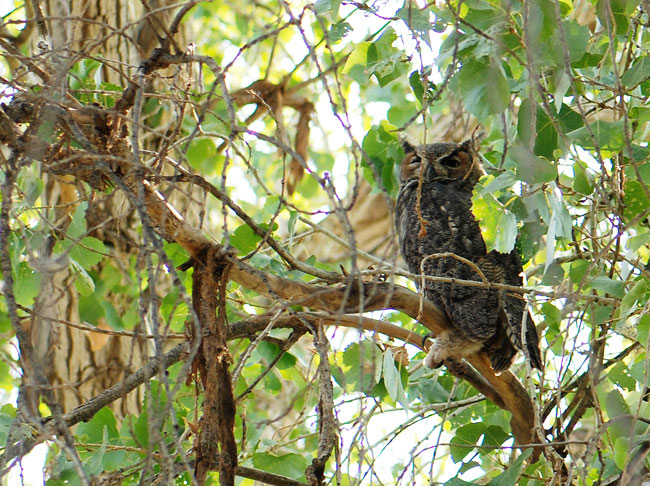Snails are fascinating creatures that are often overlooked. When I discovered the children’s book Snails Are Just My Speed! by Kevin McCloskey on a list of great science and nature books from 2018, I knew I needed to get my hands on it.
Part of the Giggle and Learn series, this title combines fun illustrations with serious information about snails.
The first thing I love is that Keven McCloskey put the eyes where they should be, on the eye stalks or tentacles. Yes!
The second thing I love is that he puts in a lot of mucus for the “ick, gross” factor, but also adds useful information, like humans make mucus too, but it is mostly on the inside.
The thing I love most? The awesome lesson on how to draw a snail in the back! (Turn the page for useful tips for parents and teachers about “How To Read Comics With Kids.”)
The books in this series are marketed as beginning readers, which may discourage some older children from picking them up. That would be too bad because they have potential to appeal to a larger range of ages.
Snails Are Just My Speed! should fly off the shelves. Check out a copy today!
Age Range: 4 – 7 years
Publisher: TOON Books (May 1, 2018)
ISBN-10: 194314527X
ISBN-13: 978-1943145270
Snails can be humorous? Yes, they can.
This is me on Monday morning.
Do I have to get up?
Argh, it is too bright out.
Okay, if I must get up I will.
Now, where did I put my coffee?
 If you want some more serious science try our previous posts:
If you want some more serious science try our previous posts:
- Snail Lungs
- Intro to Snails with Escargot
- A few tips for raising snails (which I need to revisit)
Adult readers might be interested in the memoir that Kevin McCloskey says inspired him, The Sound of a Wild Snail Eating by Elisabeth Tova Bailey. It reveals how her long recovery from a devastating illness was helped by observing a snail.
Publisher: Green Books; Later prt. edition (September 1, 2010)
ISBN-10: 1900322919
ISBN-13: 978-1900322911













